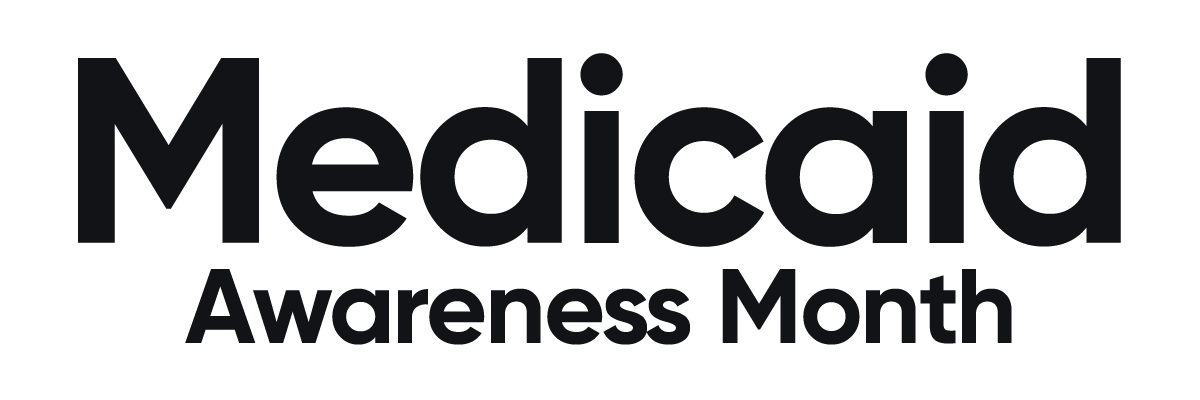April marks the 7th annual Medicaid Awareness Month. Medicaid is an essential source of coverage for women and children. More than 18 million, or nearly 1 in 5, adult women are enrolled in Medicaid. Approximately 40 million, or half of all children in the U.S., are enrolled in Medicaid or the Children’s Health Insurance Program. Medicaid coverage brings affordable care and financial security to women and families, and it helps narrow racial and rural disparities in health care. As the nation faces an unacceptably high and worsening rate of pregnancy-related death, Medicaid coverage is more important than ever to help pregnant women and new moms access the health care they need.
Medicaid is a popular, lifesaving program, but Republicans want to cut it and rip coverage away from millions of hardworking families. Over 66 percent of Americans, including 55 percent of Republicans, have a favorable opinion of Medicaid. Voters agree that it is important to prevent harmful cuts to Medicaid that would reduce health care access. Yet the latest GOP scheme slashes trillions from Medicaid and would throw millions of people off their coverage through block granting and burdensome work reporting requirements. And as Medicaid transitions back to its pre-pandemic eligibility and enrollment rules, too many people, especially children are losing coverage because of the carelessness and callousness of certain Republican governors who are terminating coverage for people who may still be eligible. Republicans also won’t quit their mission to repeal the Affordable Care Act (ACA) and Medicaid expansion, putting health care for millions of women and families in jeopardy.
By The Numbers
- Medicaid Covers Nearly 18.5 Million Women Nationwide. 18.44 million adult women ages 19-64 rely on Medicaid for coverage.
- Most Women On Medicaid Are Working Or Have Caregiving Responsibilities. According to the Kaiser Family Foundation, the vast majority of women enrolled in Medicaid work, including mothers on Medicaid. In 2020, 93 percent of women enrolled in Medicaid were either working, going to school, at home caring for young children or relatives, or experiencing an illness or disability that does not permit them to work.
- Medicaid Is A Major Source Of Coverage For Women Of Color. Due to systemic inequality that results in fewer women of color having access to employer-provided coverage, women of color are disproportionately likely to enroll in Medicaid. 31 percent of Black women and 27 percent of Hispanic or Latina women rely on Medicaid, compared with just over 16 percent of white individuals. Women of color experience higher rates of poverty than white women and remain less likely to have access to quality care.
- Medicaid Covers Nearly Half Of Women With Disabilities. Medicaid covers more than 44 percent of nonelderly women with mental and physical disabilities. As of 2019, Medicaid was the source of health coverage for one in four American women with mental illness.
- Over 50 Percent Of Children Are Enrolled In Medicaid And CHIP. Approximately 40 million children in the United States are enrolled in Medicaid or CHIP.
- 1.6 Million People Would Gain Coverage If Remaining States Expanded Medicaid. Estimates from the Center on Budget and Policy Priorities found that roughly 1.6 million people, including children, would enroll in Medicaid and CHIP if the remaining 10 states implemented expansion. These states are Alabama, Florida, Georgia, Kansas, Mississippi, South Carolina, Tennessee, Texas, Wyoming, and Wisconsin.
- The Children’s Uninsured Rate In Medicaid Holdout States Is Double The Rate In Expansion States. In 2021, the child uninsured rate was 7.1 percent in holdout states, compared to 4 percent in states that adopted expansion. If holdout states expanded Medicaid, the number of uninsured children would drop by 7.3 percent.
- Almost Half Of Births Are Covered By Medicaid. Medicaid covers over 40 percent of births in the United States. Thanks to the American Rescue Plan, states were given the option to extend coverage to new mothers for one year postpartum, which improves maternal health outcomes. Congress subsequently made this option permanent as part of end-of-year legislation signed into law at the end of 2022. 45 states, the District of Columbia, and the United States Virgin Islands have extended postpartum Medicaid coverage for a full year, and Nevada and Idaho are planning to do so. Arkansas, Iowa, and Wisconsin have not extended postpartum coverage.
Medicaid Coverage Benefits Mothers And Women Of All Ages
Medicaid Is The Largest Payer Of Reproductive Health Care Coverage. Medicaid covers nearly 17 million women of reproductive age, giving them access to reproductive health care services such as birth control, cancer screenings, and maternity care without cost-sharing. Medicaid’s reproductive health coverage is especially important in states that have further restricted access to abortion in the wake of the Supreme Court overturning Roe v. Wade.
- Expanding Access To Care At Every Stage. There is an urgent need for quality, affordable health coverage prior to, during, and after giving birth. The United States continues to experience the highest rates of maternal mortality among wealthy nations, deaths that Centers for Disease Control and Prevention (CDC) data show are largely preventable. While 48 percent of maternal deaths occur during pregnancy and delivery, more than half, 52 percent, occur in the year following the birth of a child. Recent CDC data show that 4 in 5 of maternal deaths are preventable. 12 percent of maternal deaths are deemed “late,” occurring between six weeks and one year following delivery, demonstrating the immense need for continuous health access and coverage for a minimum of one year following the birth of a child. The Biden-Harris Administration has established a pathway to coverage, providing states the opportunity to extend postpartum coverage under Medicaid from 60 days to 12 months following birth. Currently, 47 states have elected to extend Medicaid coverage for a full year postpartum.
- More Than Four In 10 Births Are Covered By Medicaid. More than 4 in 10 births were financed by Medicaid in 2022. Rates varied across the nation, with 61 percent of births financed by Medicaid in Louisiana, and 22 percent in Utah. Medicaid covers 65 percent of all births to Black mothers and 59 percent of all births to Latina mothers.
- Expanding Medicaid & Closing The Coverage Gap Is Critical To Improving Maternal Health. Women of color consistently experience higher rates of maternal mortality than white women, largely due to the intersection of health with race, gender, poverty, geography, and other social factors.
- Medicaid Helps Keep Families Out Of Debt. 41 percent of Americans reported having debt due to medical costs or bills. Since Medicaid was expanded by the ACA, the program has covered the medical expenses of millions more poor and near-poor adults than it did previously, helping prevent households from becoming poor because of medical spending.
Medicaid Improves Access To Care For Women. Women with Medicaid are far more likely to receive care than uninsured women. According to the Kaiser Family Foundation, women with Medicaid coverage are less likely than women with private insurance to report delaying or forgoing care due to cost. Women with Medicaid coverage receive preventive care such as cancer screenings and well-women services at roughly the same rates as women with private coverage and at a higher rate than women without insurance.
Medicaid Helps Pay For Long-Term Care, Relied On By Elderly Women. Medicaid pays for roughly half of the nation’s long-term services and supports. In 2019, women accounted for 59 percent of the 12.3 million dual-eligibles, or people who rely on both Medicare and Medicaid for coverage. Most dual-eligibles are elderly, and many need Medicaid coverage for their long-term care needs.
Medicaid Creates Jobs In The Health Industry, Which Is Overwhelmingly Female. Kaiser Family Foundation estimates that there are 15.5 million frontline health care workers — 77 percent of which are women — establishing Medicaid as a major job creator for women.
Medicaid Coverage Has Long-Term Benefits For Children
Research Shows Medicaid Prevents Child Deaths. A 2020 study found that children who received health insurance through Medicaid were less likely to die young, be employed in their adult life, and less likely to develop a disability as an adult.
Medicaid Helps Children Stay Healthy, Leads To Long-Term Benefits For Children When They Grow Up. Medicaid eligibility during childhood lowers the high school dropout rate, raises college enrollment, and increases four-year college attainment. Medicaid for children also has a positive impact on employment opportunities later in life. For each additional year of Medicaid eligibility as a child, adults by age 28 had higher earnings and made $533 additional cumulative tax payments due to their higher incomes.
Thanks To Medicaid, Students Have Access To The Resources They Need To Focus In School. Medicaid’s Early Periodic Screening Diagnostic and Treatment benefit gives children under 21 years old access to comprehensive and preventive health services, such as yearly physicals, hearing, vision, and dental screenings, and physical, mental, and developmental disability treatments. The benefit also helps students gain access to medical supplies, such as hearing aids, glasses, and assistive technology, to help them succeed in school.
The ACA’s Medicaid Expansion Helps Children Gain Access To Care
After the ACA expanded access to Medicaid, the children’s uninsured rate fell to an all-time low. Research confirms expanding access to Medicaid for parents has had ripple effects for their children. At the same time, the 10 states that continue to reject expansion are limiting children’s health care access:
Medicaid Expansion Led To Gains In Coverage For Children As Well As Parents. Parents enrolled in Medicaid are more likely to access the support they need to be a healthy and effective parent. When parents gain coverage they are more likely to enroll the whole family, so the family will be protected from the economic strains of medical debt and lay the groundwork for optimal child development. Children of parents who are enrolled in Medicaid are more likely themselves to have coverage, due to parents having a more straightforward experience adding their children than if they have never signed up for coverage before. Medicaid for children will save families an estimated $1,222 per year per child when states implement 12-month continuous Medicaid and CHIP eligibility.
The Children’s Uninsured Rate In States That Have Rejected Expansion Is Twice The Rate In States That Expanded The Program — And That Gap Is Growing. The rate of uninsured children in states that have not expanded their Medicaid coverage grew at nearly three times the rate than that of states that have expanded Medicaid coverage. Texas and Florida, two non-expansion states, were responsible for 41 percent of coverage losses for children in a three-year period.
When Parents Have Health Insurance, Children Are More Likely To Have Coverage. When parents are covered, their children are more likely to have access to health care and have long term benefits from that coverage. Adults who had health insurance as a child were more likely to have better health as adults, including fewer hospitalizations and emergency visits. Medicaid eligibility during childhood is also more linked to a higher likelihood of graduating from high school and college, as well as having higher wages in adulthood.

